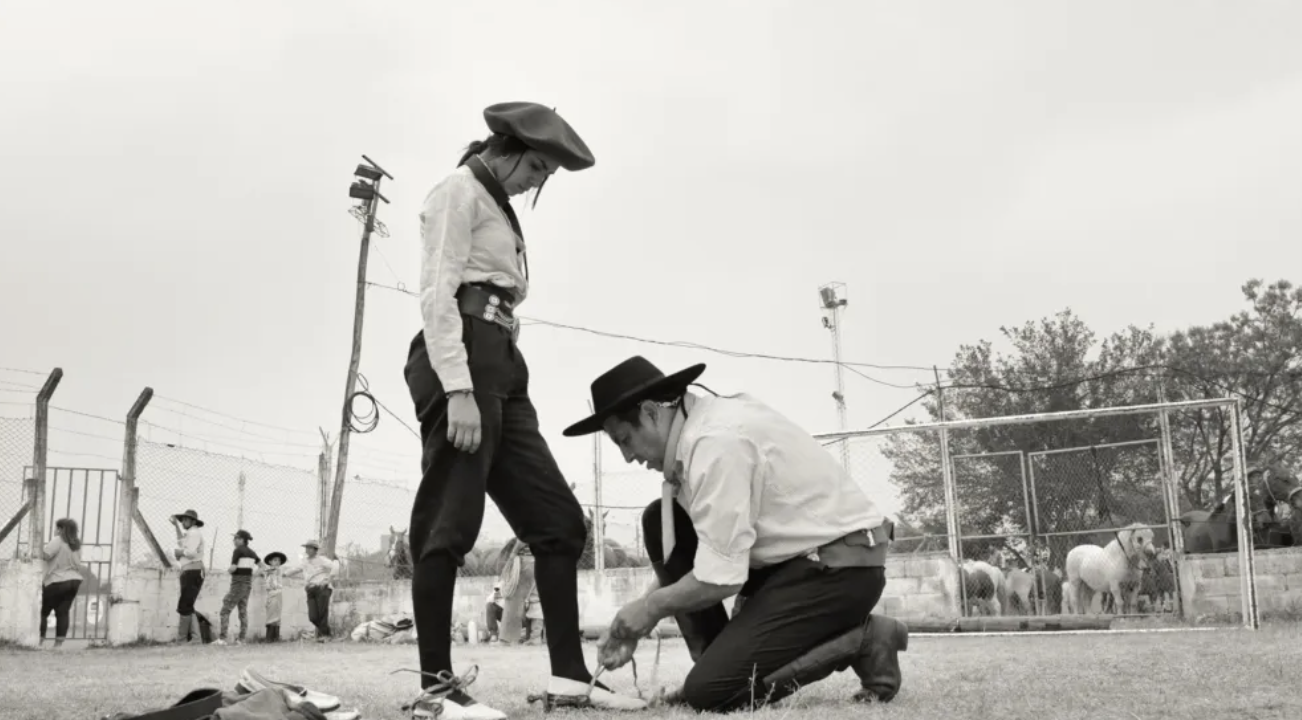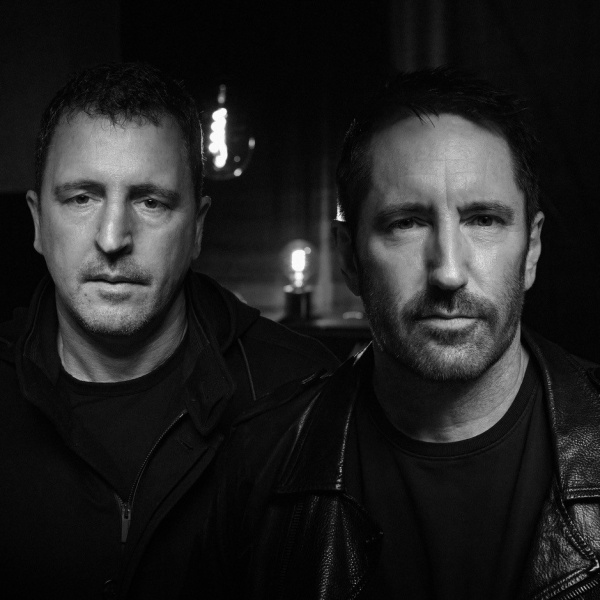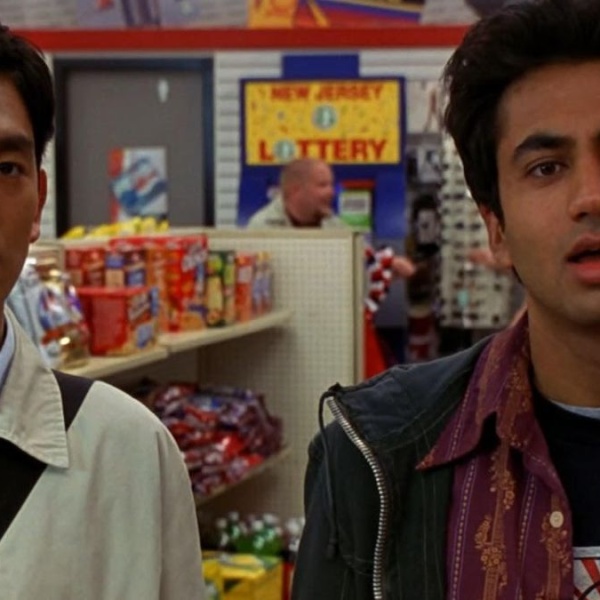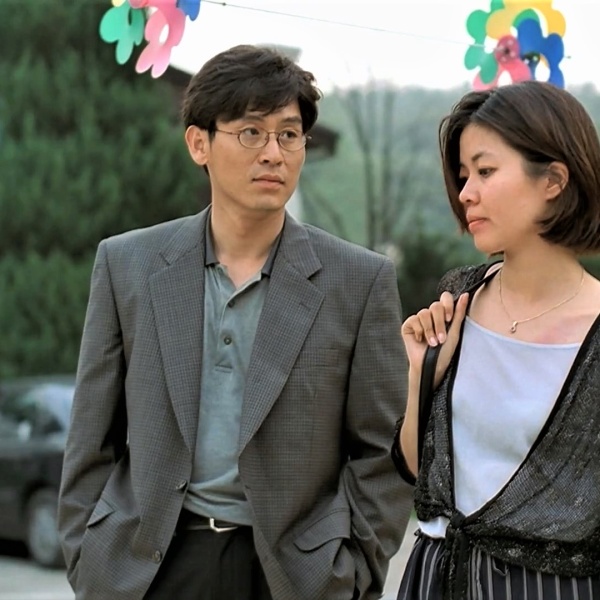Landing a good distributor is the holy grail for every indie filmmaker at Sundance. But when it comes to documentaries, while Netflix picked up a few titles out of the festival this year, the market remains soft.
Even as the theatrical market has improved for Oscar nominees and winners like “The Holdovers” and “Poor Things,” it’s tough to find a buyer for a lot of movies these days. For a movie like “Gaucho Gaucho,” which earned a Sundance jury prize and is now playing CPH:DOX, the sooner filmmakers Michael Dweck and Gregory Kershaw land a distributor, the sooner they can start to build toward an awards campaign.
Cinematographer Kershaw and photographer Dweck first met years ago in New York City when they lived in the same Meatpacking District apartment building. They’d hang out in the street and share details of each other’s lives and work. Finally, they began to search for a project to work on together. Their first movie, “The Last Race,” came out of photos Dweck had been shooting at the first and last stock car racetrack on Long Island. After five years and a complete edit overhaul, the film was accepted for Sundance 2018 and acquired by Magnolia Pictures.
Their second film, cinema vérité “The Truffle Hunters,” focused on veteran truffle gatherers in Piedmont, Italy, played Sundance 2020, was picked up by Sony Pictures Classics, and took home the documentary directing award from the DGA and cinematography from the ASC.
For their third documentary, “Gaucho Gaucho,” the filmmakers sought to capture another endangered culture. A stunningly beautiful black-and-white Western set in water-threatened northwestern Argentina cattle country, “Gaucho Gaucho” films cowboys who merge with their horses and fly when they run. One devoted father teaches his son the ways of the gaucho, and is lonely when the kid returns to school. In the opening shot, a sleeping gaucho slowly gets up from his horse and coaxes him to stand. These moments are indelible.
Over these three films, the filmmakers have developed a lush visual aesthetic. “We’re after creating a documentary where not just the visual language but the full potential of cinema is being used to tell the story,” said Kershaw via Zoom from Stockholm. “It’s something that isn’t just journalistic, just observing, but there is a perspective, not just ideological, but in the storytelling, in the style of the film. We’re trying to create this new cinematic language that would merge the authenticity and immediacy of this observational vérité filmmaking with deliberate, artful filmmaking technique.”
None of these movies would exist without the filmmakers winning over their subjects. It’s about putting in the time to hang out and make slow connections. “The Truffle Hunters” took three years to make in the Piedmont region of Italy. “We go to a place that we’re curious about,” said Kershaw. “In this case, we had both been traveling in the same area separately. And we were fascinated by these old men who go out into the woods in the middle of the night, looking for this ingredient that no one else can find. It’s the most expensive ingredient in the world and sells for hundreds and thousands of dollars. We went there, we didn’t know anybody.”
Eventually, a few people talked to them. “And then you find the people that are fascinating,” said Kershaw. “In ‘The Truffle Hunters’ and ‘Gaucho Gaucho,’ there’s a certain star quality to these people, and you’re just attracted to them, and you want to find out more about them. We follow our natural curiosity. We slowly start to understand what the stories are, and they’re usually not apparent.”

For “Gaucho Gaucho,” the filmmakers slowly acclimatized to Argentina, where Dweck’s wife was born, and found an isolated community in the northwest corner of Argentina near Chile and Bolivia. “That’s where we built our foundation for the relationships,” said Dweck on Zoom from New York. “Understanding proved to be essential for making this film. It wasn’t easy. The gauchos are a private people. They’re also humble and introverted. And they traveled on horseback, always accompanied by dogs; they move their cattle. Their clothes are handmade, their poncho is wool, and they wear these beautiful pleated pants and hats like berets. And they remain forever free, unshackled by the boundaries of the modern world.”
The filmmakers are grateful they came upon this community before it was gone. “The diversity of culture and community is disappearing very rapidly in the world,” said Kershaw. “If we’d been doing this work even 20 or 10 years ago, it would have been much easier to find communities like this. And now it takes a lot of work to find places where the traditions are alive because they’re struggling to hold on to them.”
“The difficult part is to try to find communities that aren’t constantly consuming media,” said Dweck. “That’s where everything changes; your traditions become secondary, and your identities disappear quickly.”
The ARRI ALEXA Mini LF black-and-white cinematography was an easy decision after experimenting with different settings; when they set the camera viewfinder to black and white, it clicked. “There was a timeless quality to it,” said Dweck. “We named it Beautyscope. We decided to shoot in this luscious black and white to reflect the staggering beauty of this very textural world. And we wanted the image to reflect a feeling of this place removed from globalization and technology. It’s our way of immersing you into this place.”
Capturing the horses and gauchos running at 45 miles per hour was a feat. They put GoPros on the horses’ heads for a few shots, as they’d done with the dogs in “The Truffle Hunters.” “But it didn’t capture the beauty of the moment,” said Kershaw, “this merging of human and horse, because when you see a gaucho riding on horses, it’s like they are a single being. And we realized that we needed to be going at the same speed as the horse. To get these shots, we were going to need a camera car.”
The filmmakers had to hire someone to drive a camera car from Buenos Aires across the country on a flatbed truck for four days, on a treacherous mountainous road. They shot for five days on rough, remote terrain covered with boulders and stones and cactus, usually at sunset magic hour, just as the mountain lions, wild donkeys, and condors came out to play. “We popped a few tires, popped a few axles,” said Kershaw, “but we eventually were able to get the shots where we had our big Polaris camera mounted on the front of it. It looked like a Mad Max mobile. And we were following these horses going at full speed.”
The gauchos, who are proud of their culture, happily gave the filmmakers a show; one gaucho, Mario, cut in front of the camera. “Our jaws were on the ground,” said Kershaw.
The filmmakers also tracked a cowgirl, who was training to be a gaucho, supported by her father, as she caught and tamed her first horse and competed in several rodeos, suffering multiple injuries. “It’s a man’s world,” said Kershaw. “It’s more open than it would have been 20, 30 years ago. But it’s unusual for a young woman to be taking that path.”
“She’s almost a horse whisperer,” said Dweck. “She can communicate with horses through this quiet transference of energy. It’s unusual. There’s no touching and pulling. It’s a beautiful process to watch.”

In the first scene of the film, you see a gaucho sleeping on a horse. “He’s in the process of taming the horse,” said Dweck. “You lay on the horse and you match the pulse of your neck to the pulse of the neck of the horse. And when that happens, the horse thinks you’re a horse, and then you become one. And the horse is completely submissive at that point. And then you’re best friends.”
That opening shot was caught at sunset. “We’re always looking for these moments of magic,” said Kershaw. “And it’s often waiting and filming things over and over and over and waiting until some unique magic sparks in front of the camera.” But that takes 11 trips back and forth to Argentina and 150 days of shooting. “It’s the process that’s necessary to have the time where you’re not forcing yourself on the world and you’re able to listen to it, to receive it. Hopefully, these magic moments happen in front of the camera. And that’s what we’re looking for every single day.”
Creating a dense soundscape was another immersive tool for the filmmakers. They start during production by listening to the world around them. “We record the sounds as we film to build an audio library,” said Kershaw, “which we will later bring into the post-production process.”
Kershaw and Dweck collaborated closely with sound designer Stephen Urata at Skywalker Sound. “When the editing begins, we explore how different combinations of sound and image can merge to create new meaning,” said Kershaw. “It’s an intuitive process of discovery guided by feeling and emotion more than logic and reason. We aim to create a film where the boundaries of sound and image disappear, and the audience is enveloped in a cinematic experience that immerses them in a new way of experiencing the world.”
They did something right. “Gaucho Gaucho” won a Special Jury Prize for Sound at Sundance back in January. Backed by Impact Partners and Foothill Partners, the well-reviewed film is still seeking distribution, months after Sundance.
“It’s definitely a tricky time,” said Kershaw. “It feels like there is the demand. Everything has shifted so much towards streaming, which is a great outlet. It’s completely transformed the documentary landscape and made popular documentaries in a way that they’ve never been. But things shifted so far that way that there’s a huge space to be filled for people who are hungry for cinema and theatrical and cinematic experience. So I’m optimistic that it will come around, but it isn’t there at the moment, or not to the degree that it should be.”
There’s plenty of international interest, Dweck said. “We’ve had offers, but we were holding back until we tried to get a U.S. distributor.”
Seller Josh Braun of Submarine is looking for the right deal. “We are confident we’ll find a great home,” he wrote in an email. “But the process is a little slower in the current market, so it may take a bit longer to figure it out.”





